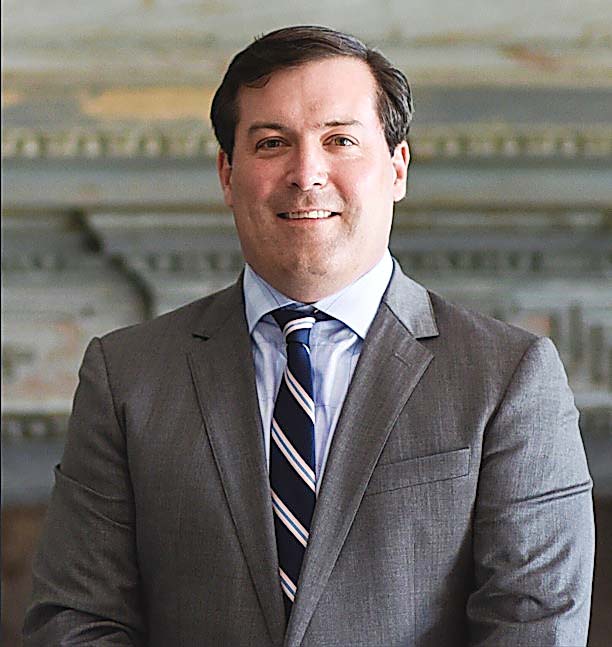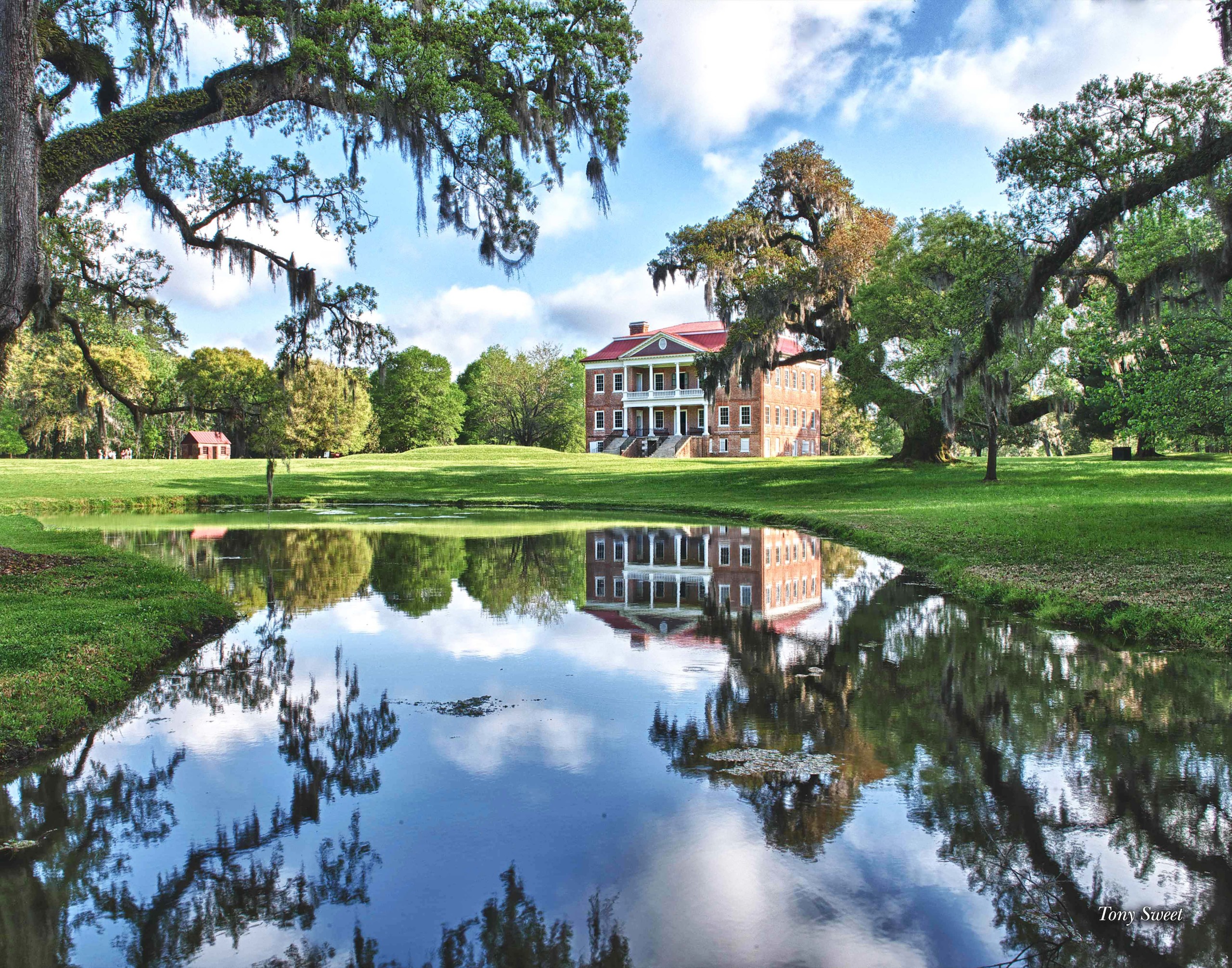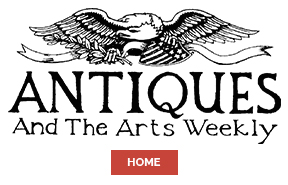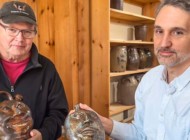
On February 11, Drayton Hall — an authentic Colonial era historic house in Charleston, S.C., and one of the finest examples of Palladian architecture in the United States — hosted the panel “The Enduring Influence of Classicism,” which celebrated the roots of classical design and architecture in Charleston. Antiques and The Arts Weekly connected with panelist Carter C. Hudgins, president and CEO of the Drayton Hall Preservation Trust, to talk about his background and experience on the panel.
Congratulations on the completion of “The Enduring Influence of Classicism.” How was the panel received, and how did you prepare for it ahead of time?
Thanks to the talents of panelists Elizabeth Lawrence, Steven Spandle and moderator Haskell Harris, this panel made for an extraordinary evening as guests were treated to a lively discussion of classical design that stretched from its historical roots in the lowcountry — as seen with Drayton Hall — and beyond, to include its evolution and usage in contemporary design and construction. This well-received program was prefaced by a handful of advance conversations that led the four of us to a very convivial and stimulating dialogue. I personally learned a great deal and admire how designers and architects like Elizabeth and Steven consciously honor the past through the incorporation of classical ideals throughout their work.
What were the most important takeaways from the panel, in your opinion?
Two of my top takeaways include the timeless nature of classical design as well as the influences of our parents and grandparents. Not unlike your readers, all of the panelists were able to share personal stories about how their families directly and indirectly instilled an interest in classical design through travel, museum visits and living in historic buildings. I myself was dragged to every historic site on the East Coast by my parents and wanted nothing to do with the field throughout my youth. However, certain experiences can clearly have a long-term impact, and I am now grateful for the energies my parents and grandparents put into my upbringing.
Now, a little about yourself. You are the current CEO of Drayton Hall Preservation Trust, which is responsible for the operation and administration of Drayton Hall. What led you to this position?
This is somewhat a trick question as not only did my grandparents take me to Drayton Hall as an infant in 1977, but my father encouraged me as a high school student to take up a summer job to care for the site’s historic landscape. After college at Hampden-Sydney, graduate school at the University of London and a number of years as an archaeologist at Jamestown, Va., I returned to Drayton Hall to complete a fellowship and soon after found myself as the director of preservation and education. I began my current post as president and CEO in 2016, and the moments of discovery are what continue to drive me. Given the site’s rare state of preservation, Drayton Hall is fortunate to have a world-class group of preservation and museum specialists that are constantly bringing the past to life through cutting edge research and interpretation, and I could not be more satisfied to support their invaluable contributions to the field.

The main house, Drayton Hall. Charleston, S.C. Photo courtesy Tony Sweet.
I understand that you have instructed undergraduate and graduate students both in the US and the UK. How have your previous positions as an educator shaped how you do your job today?
My academic training and instruction is multidisciplinary and, while rooted in material culture, spans across the fields of history, archaeology and material science. This blend of hard and soft science has led me to always question the written word and current interpretations. My experience at Jamestown really brought this into focus as the traditional histories of our nation’s origin have emphasized Plymouth [Mass.] and its founding by the Pilgrims in 1620. With the recent discovery of Jamestown and its establishment 13 years prior to Plymouth, history is literally being rewritten, and we can now acknowledge that the beginnings of American democracy, capitalism and industry took shape along the banks of the James River.
Similar circumstances arise regularly at Drayton Hall and one instance concerns the initial construction of the plantation. Writing in the early Nineteenth Century, John Drayton’s grandson by the same name noted that the impressive main house was constructed over four short years between 1738 and 1742. Questioning this tight timeline, we conducted dendrochronology and learned the timbers used in the original construction were felled in the winter of 1747-48, indicating a more realistic construction schedule. While certainly not an earth-shattering update, this illustrates how we strive to be as accurate and authentic in everything we do to protect and present Drayton Hall.
Finally, a glimpse toward the future for Drayton. What sort of events and programming can we look forward to from Drayton in 2025?
2025 marks the 50th anniversary of Drayton Hall’s stewardship and preservation as a historic site. Throughout the year we look to celebrate and honor the individuals and organizations who have played a role in Drayton Hall’s modern history. From staff members and trustees to philanthropists and scholars, an incredible number of individuals and partners deserve credit for protecting and strengthening this National Historic Landmark.
An annual highlight is our fall oyster roast. Such is becoming a quintessential Charleston event as our guests enjoy festive lowcountry cuisine under the shadows of live oaks with the Drayton Hall serving as a backdrop. We are also getting ready to begin a significant project to conserve the plaster ceiling of Drayton Hall’s great hall. While such a project could be considered disruptive to our daily operations, we have learned over time that our guests want to witness and learn about our preservation efforts. Accordingly, visitors will be able to safely witness this work in action as our work continues to preserve Drayton Hall for future generations.
—Kiersten Busch




